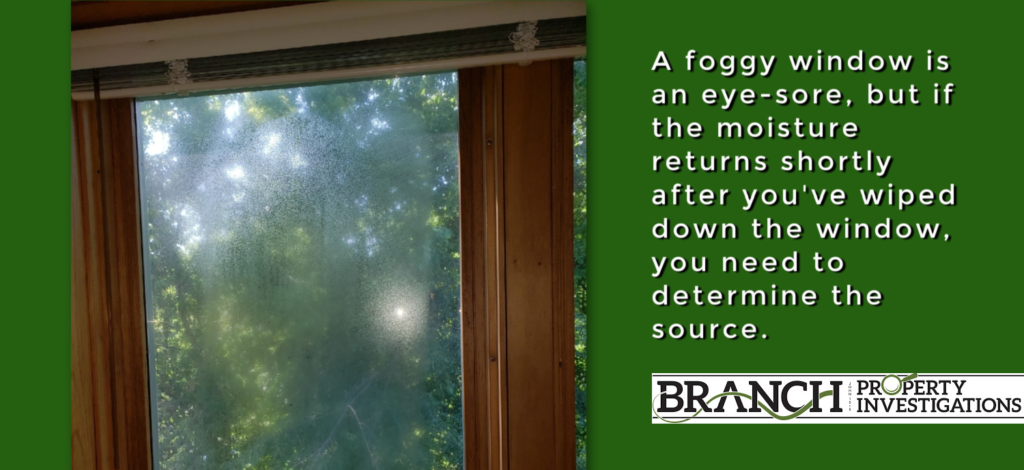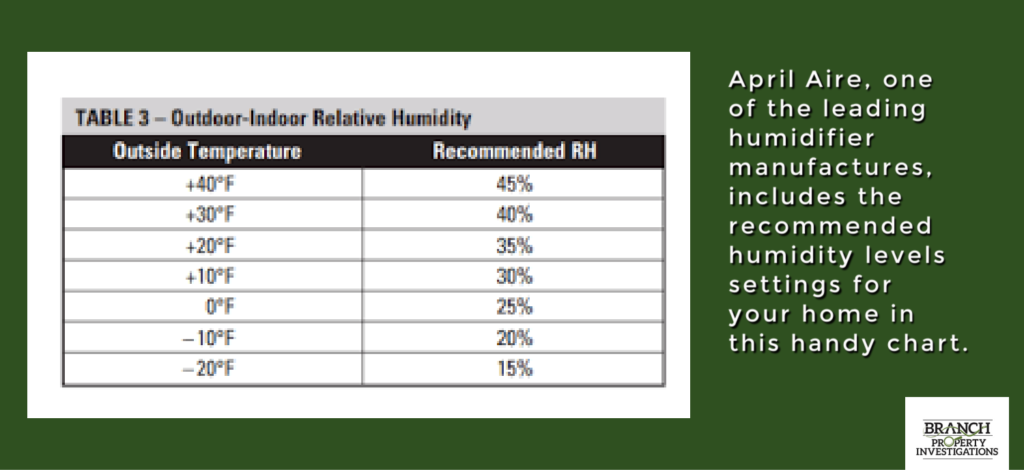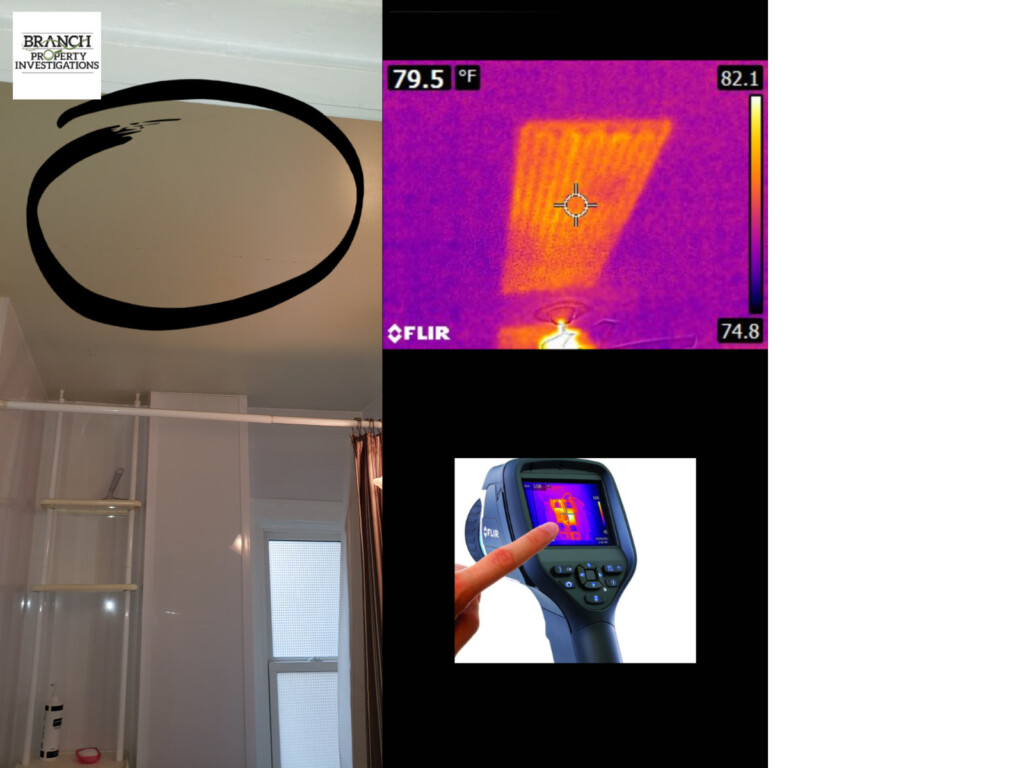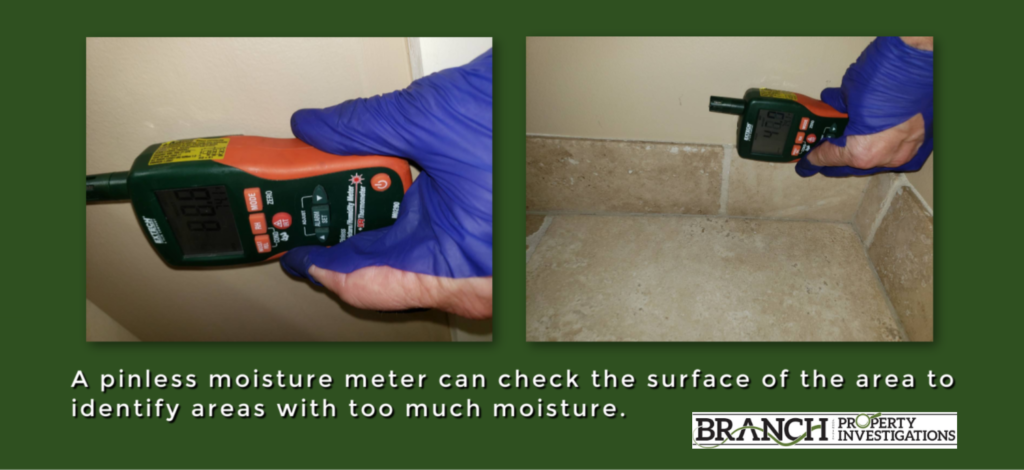It’s early February and we’re in the dead of MN winter! A little moisture on the inside of your windows may seem harmless at first. However, that moisture could very well be a sign of poor ventilation or a precursor to mold, mildew, and wood-rot. It may seem natural to blame the quality of the windows, but interior condensation is typically an indication of excess humidity in your home. Today, I’ll discuss how you can prevent window condensation and better manage your home’s indoor humidity.
What is Condensation?
That moisture on your windows is condensation. It’s a result of warm, moist air coming into contact with a cooler surface. The excess moisture in the air condenses. This is because the cooled air next to the cool surface can’t hold as much moisture as the warmer surrounding air.
Why Does Condensation Settle on My Windows?
Glass is one of the coldest materials in your home, so excess water vapor condenses there first. This causes that all-too-familiar fog effect. In more extreme cases, beads of water will collect and drip, settling on the window sill.
Take a Closer Look at the Window Condensation
If you live in an older house with equally old windows, take note of where this window condensation appears. For double or triple-pane windows, moisture between the glass is usually caused by a faulty seal. When this is the case, the view will be obscured and during the colder months, it can be easier to find. You can correct the problem by replacing the insulated glass panel, and it’s a relatively inexpensive fix.
Be sure to open the window and look down at the frame. A lot of moisture build-up can be out of sight, trapped between the window and the frame. If you see moisture accumulation or a darkening of the wood for a wood-framed window, take action to remove the moisture and allow the window frame to fully dry before closing.
Weatherize Your Home’s Windows
Whether or not you found a bad seal, preventing condensation on windows begins with good insulation at the glass surface. Adding a storm window and weatherstripping accomplishes much of what newer, higher-tech windows provide. For a fraction of the price, you’ll have warmer nights and lower energy bills!
Newer Windows with Condensation Issues
If your home was built in the last decade or you have recently had new windows installed, you have a little more troubleshooting to do. Newer homes typically come with energy-efficient windows that greatly reduce heat loss. However, if you don’t crack your windows open once in a while over the winter, you may be trapping warm, moist air inside your house!
To get this moisture under control, I recommend the following strategies:
Start Eliminating Sources of Humidity in Your Home
- Plants release moisture into the air, so move them away from your window sills during the winter months.
- If you use a humidifier at home, consider turning it off in the winter. Or, run it less frequently than you have in the past.
- Invest in a hygrometer; an inexpensive tool to keep close tabs on the humidity level in your home.
If you do not have a whole-house humidifier or your thermostat does not show you indoor relative humidity, you can buy a cheap but useful one from Amazon.
Use Exhaust Fans to Ventilate Excess Moisture
Since your bathrooms and kitchen are “humidity hot spots”, using an exhaust fan to send some of that excess moisture outside should help dry out indoor air. Most people don’t run their fans nearly long enough after showering. According to the Home Ventilation Institute (HVI), an exhaust fan should run for at least 20 minutes after the shower has been used. The vent on your range hood (if it exhausts outside) can work the same magic in your kitchen. Bottom line: it’s important to turn these fans on, whether you’re showering or cooking!
Checking for Other Ventilation Issues
The laundry room is a wise place to start. Check to be sure your dryer’s vent hose runs to the outside of your home. Don’t forget to clean that dryer vent regularly so the moist air actually gets to the outside. If it does (and the hose and duct are leak-free), your next stop should be your fireplace. Look at the wall around the hearth for any beading water. An unused, sealed fireplace limits air circulation and creates the perfect opportunity for mold and mildew. If you notice a musty smell or discolored spots on your wall, microbial growth may have already begun.
If You Need Further Assistance, Hire a Pro!
If you’ve winterized your windows, ruled out the likely causes listed above, and checked for ventilation problems, hiring a home inspector who specializes in moisture intrusion investigations may be your next best bet. We are trained to look for other hidden sources of moisture and have advanced diagnostic tools as well.
There could be rainwater seeping into your foundation or crawl space, or missing duct work in your attic. It would be hard to know you have a slow leak behind a wall but our infrared camera could reveal this! Working with a specialist may prevent further damage to your home, so it can be a wise investment.
If you continue to have issues with condensation on your windows or concerns about moisture intrusion in other areas of your home, please call our office at (612) 440-8466 or schedule a “Moisture Intrusion Investigation” appointment online.








